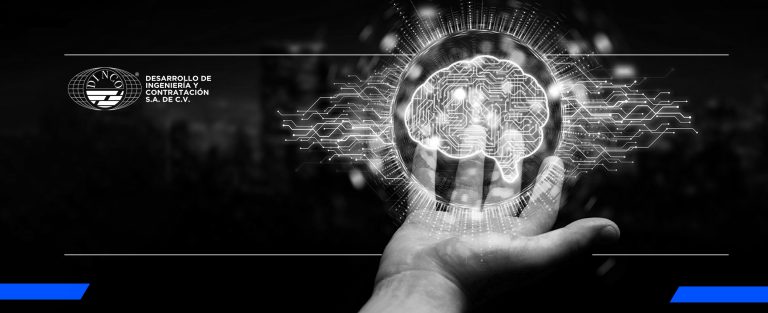The combination of Artificial Intelligence (AI) and nearshoring represents a powerful strategy for companies seeking to remain competitive in an ever-evolving global market. By leveraging the advantages of both, organizations can optimize their operations, improve quality, and reduce costs, positioning themselves for long-term success.
In today’s business world, the combination of AI and nearshoring is transforming how companies operate, innovate, and compete. This promises a significant competitive advantage, allowing organizations to optimize processes, reduce costs, and improve the quality of their products and services.
Artificial Intelligence
AI has revolutionized various industries by automating repetitive tasks, analyzing large volumes of data, and improving decision-making. From machine learning to natural language processing, AI is driving a new era of efficiency and personalization.
Benefits of Nearshoring
Nearshoring, the practice of relocating operations or services to a nearby country, has gained popularity due to several factors:
Geographical and Cultural Proximity: The geographical closeness facilitates communication and reduces cultural barriers, improving collaboration and operational efficiency.
Cost Reduction: Nearshoring offers an excellent cost-benefit ratio, especially in terms of quality and speed.
Compatible Time Zone: Operating in similar time zones facilitates real-time coordination and project management.
Access to Specialized Talent: Many countries close to key business centers have developed talent ecosystems in technology and innovation.
The Intersection of AI and Nearshoring
Integrating AI into nearshoring can further enhance its benefits. Key areas where this combination can be effective include:
Process Optimization: AI can analyze and improve business processes in real-time, identifying issues and suggesting improvements.
Predictive Analysis: AI’s predictive capabilities allow companies to anticipate market demands and trends, adjusting their strategies to maximize impact.
Intelligent Automation: AI can automate administrative tasks, freeing up teams to focus on higher-value activities.
Improved Communication: AI tools like chatbots and virtual assistants can facilitate communication and project management among geographically distributed teams.
Despite the benefits, integrating AI and nearshoring is not without challenges. Data management and cybersecurity are key concerns, as is the need to invest in infrastructure and specialized talent training. Additionally, adopting AI requires a cultural shift within the organization, promoting a mindset of innovation and continuous improvement


